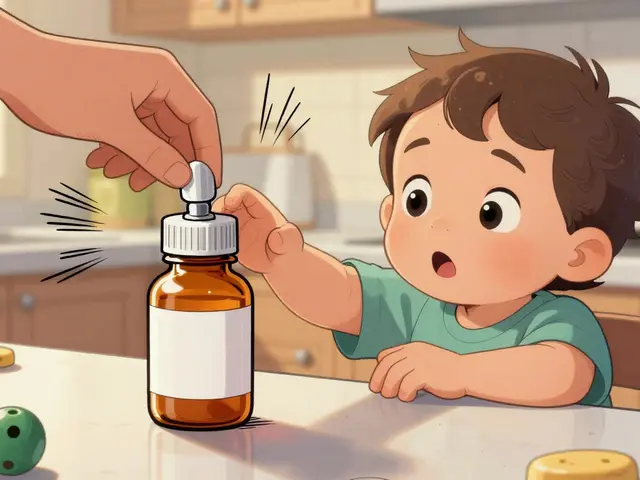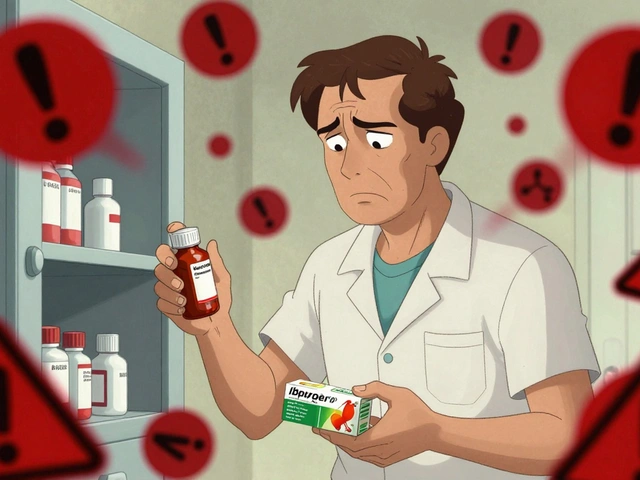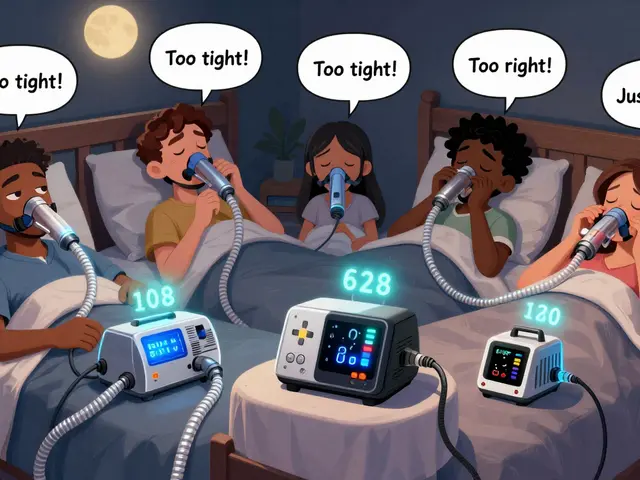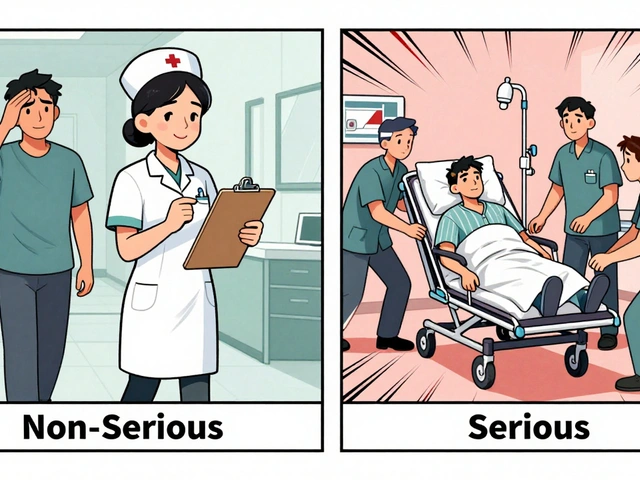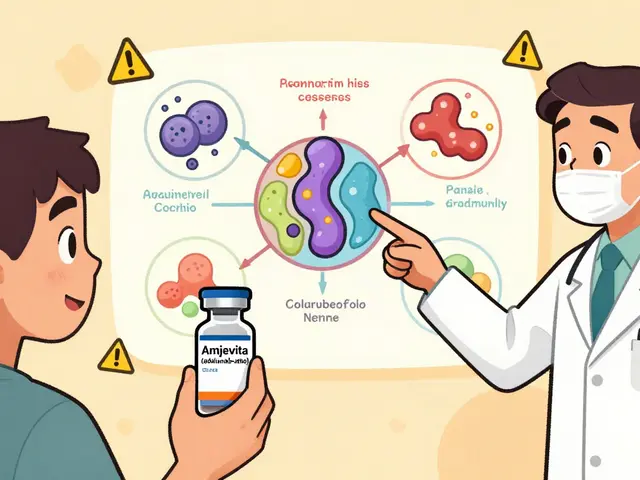Facial Pain Treatment: Fast Relief and Real Options
Facial pain can be sharp, burning, or a dull ache. It can ruin sleep, make eating hard, and leave you anxious. The good news: a lot of facial pain responds well to simple measures or clear medical treatments. Below I walk through common causes, quick home steps for relief, medical treatments doctors use, and clear signs it’s time to get urgent help.
Common causes and quick fixes
First, what might be causing your pain? The usual suspects are trigeminal neuralgia (sudden, electric shocks on one side), TMJ problems (jaw joint pain that worsens with chewing), dental issues (tooth infections or abscess), sinus inflammation, and muscle tension or nerve injury. Knowing the cause helps pick the treatment.
Immediate steps you can try at home: use a warm pack on sore jaw muscles, apply ice if there’s swelling, avoid hard or chewy foods, and try over-the-counter pain relievers like ibuprofen or acetaminophen. If jaw tension is the issue, soft foods and gentle jaw stretches can help. For sinus-related pain, a nasal decongestant or saline rinse often eases pressure fast.
Medical treatments you’ll likely see
If home care doesn’t help, doctors match treatments to the cause. For trigeminal neuralgia, first-line drugs are anticonvulsants such as carbamazepine or oxcarbazepine; they reduce nerve firing and often stop the sharp shocks. For nerve pain more broadly, doctors may use gabapentin or pregabalin.
TMJ problems may improve with a short course of muscle relaxants, night guards (to stop teeth grinding), or targeted physical therapy for the jaw. Dental infections need prompt dental care and often antibiotics or root canal treatment to remove the source of pain.
When inflammation drives the pain, short steroid courses or steroid injections can be effective. In cases that don’t respond to meds, procedures exist: botulinum toxin injections for severe muscle-related pain, nerve blocks for localized neuralgia, and surgical options like microvascular decompression when a blood vessel compresses a nerve. Your specialist will explain risks and benefits.
Don’t ignore red flags. Seek urgent care if you have sudden severe facial pain with fever, facial weakness, drooping, vision changes, or balance problems. Those symptoms can signal stroke, infection, or serious nerve damage and need immediate assessment.
Want to know where to start? If the pain is related to teeth or jaw, see a dentist first. If it's sudden, electric, or follows nerve injury, ask for a neurologist referral. For chronic or unclear pain, your primary care doctor can guide tests—imaging, dental exams, or nerve studies—and connect you with the right specialist.
Facial pain is rarely untreatable. With targeted steps and the right provider, most people find good relief. If you want, I can point you toward practical articles on specific causes or treatments—tell me which symptom fits your situation and I’ll recommend a next step.

Nerve Blocks and Injections for Trigeminal Neuralgia: Effective Pain Relief Options Explained
This article breaks down how nerve blocks and injections are used in treating trigeminal neuralgia, a stubborn kind of facial pain. You'll find trustworthy info on how these treatments work, what you can expect, and tips for those considering this route. Got questions about side effects, success rates, or alternatives? All that is covered, along with data and practical advice. Perfect for anyone looking for real solutions to trigeminal neuralgia pain.
View More
